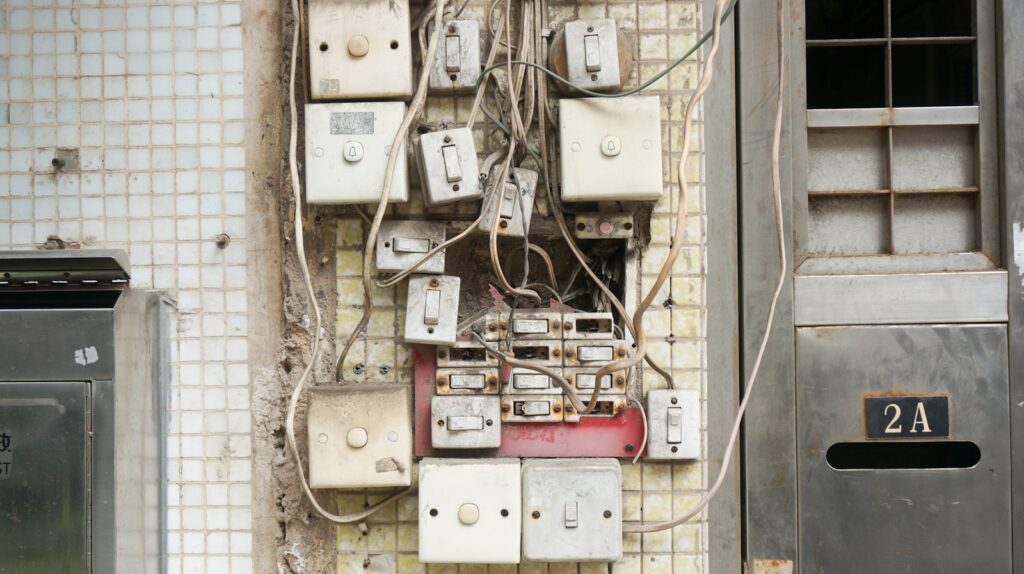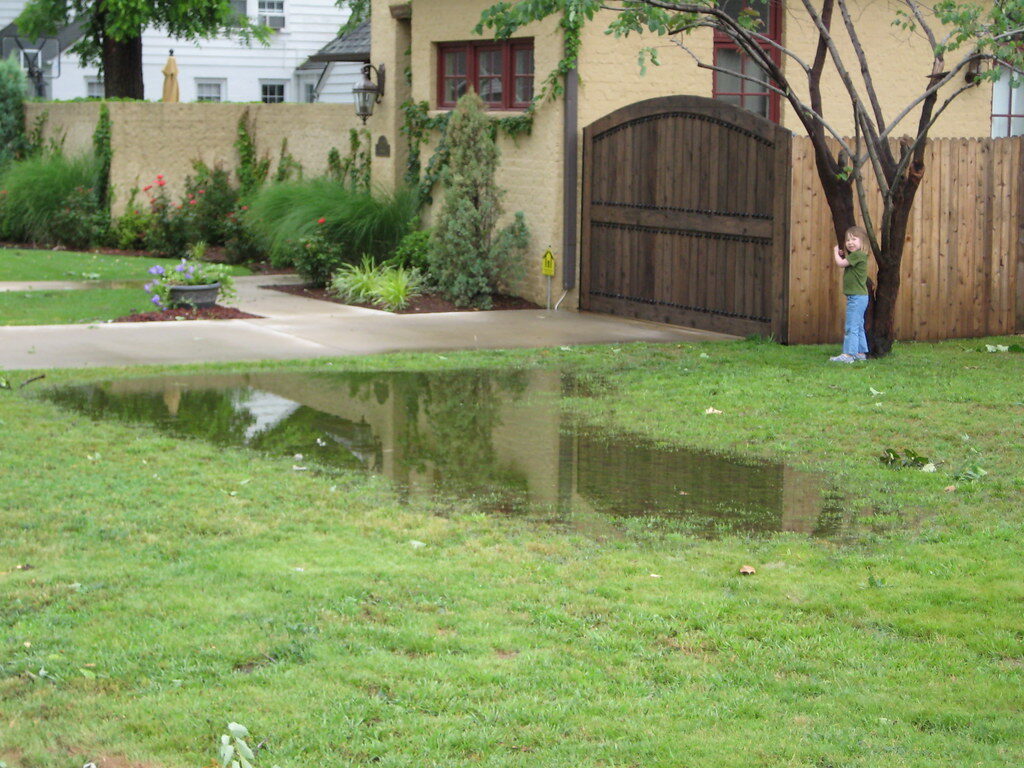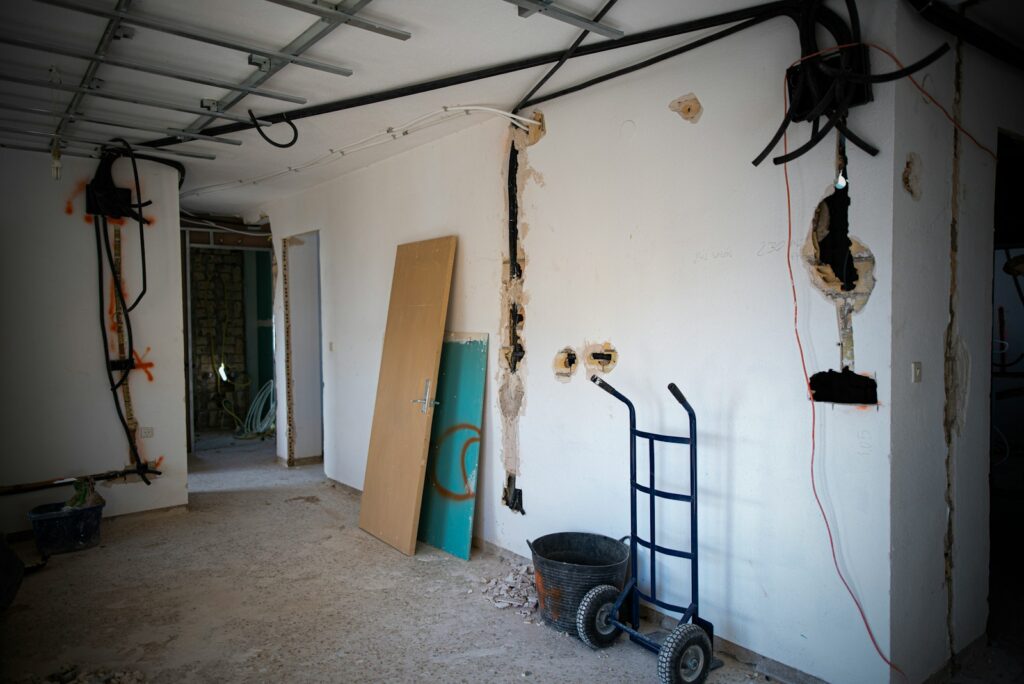When it comes to selling a home, honesty often proves to be the best strategy. Buyers today are more observant and better informed than ever, and most will spot issues that owners hope to sweep under the rug. While it can be tempting to patch over problems or avoid mentioning them altogether, this approach often backfires once inspections or walkthroughs take place. Instead of trying to conceal flaws, acknowledging them upfront builds trust and helps set realistic expectations for negotiations. After all, most people understand that no house is perfect. What matters more is how open sellers are about potential concerns and whether those issues have been addressed or accounted for in pricing. By being transparent, sellers not only avoid legal or financial headaches down the road but also demonstrate integrity, something that goes a long way in securing a smooth, successful sale.
1. Roof Damage

A damaged roof is one of the most obvious issues that buyers notice because it affects both safety and long-term maintenance costs. Missing shingles, leaks, or visible sagging will raise questions about water intrusion and potential structural problems. Instead of trying to disguise roof issues with quick fixes, it is better to disclose them early. Buyers usually request an inspection that highlights these flaws anyway. Being upfront can save both parties from wasted time and can even position you as a seller who is trustworthy. Many buyers are willing to negotiate repairs, but few are willing to tolerate dishonesty.
2. Foundation Cracks

Foundation cracks may seem minor to some sellers, but they are a red flag for buyers since they could signal deeper structural concerns. Attempting to cover them with paint or cosmetic patches usually does little to calm suspicions. Most home inspectors are trained to check for signs of shifting, settling, or water damage around the foundation. Addressing these concerns directly by providing reports or repair records shows that you have nothing to hide. Buyers appreciate transparency, and even if the foundation needs attention, knowing its true condition gives them confidence in moving forward with a fair deal.
3. Plumbing Problems

Leaks under sinks, water stains on ceilings, or outdated piping can be immediate turn-offs for buyers. Some sellers may try to cover water damage with paint or ignore small drips, but these issues often signal larger plumbing problems. Buyers know that faulty pipes can lead to mold, higher water bills, or expensive future repairs. It is far better to disclose the situation and provide information about repairs or replacements. Even if plumbing updates are needed, being transparent allows buyers to weigh costs accurately and shows that you are upfront about the home’s true condition rather than hiding flaws.
4. Electrical Issues

Outdated wiring, flickering lights, or overloaded panels are common electrical problems that buyers quickly notice. Covering up faulty wiring can also be dangerous, as it increases the risk of fire and safety hazards. Home inspectors almost always evaluate electrical systems carefully, so attempting to hide these issues rarely works. Instead, it is wiser to highlight any upgrades that have been completed and be clear about remaining concerns. Buyers often appreciate honesty and may even factor repair costs into their offer. Acknowledging electrical flaws openly demonstrates responsibility and ensures that negotiations remain grounded in realistic expectations.
5. Mold and Mildew

Mold and mildew are problems that buyers will not overlook, especially since they raise concerns about health and indoor air quality. Trying to cover up the musty smell or painting over stained walls only creates more suspicion. Home inspectors know where to look for hidden moisture, and buyers are quick to connect the presence of mold with water damage or ventilation issues. Instead of hiding it, sellers should address the root cause and disclose any remediation work. Buyers respect transparency, and while mold might lower an offer, honesty prevents disputes and reassures buyers that nothing is being concealed.
6. Pest Infestations

Signs of termites, rodents, or other pests can alarm buyers because infestations can cause costly damage and discomfort. Sellers sometimes attempt to hide droppings, chewed wires, or damaged wood, but buyers and inspectors are usually quick to catch these details. Pest issues are not uncommon, and many can be resolved with professional treatments. Disclosing the situation along with any proof of extermination services gives buyers peace of mind. While it may impact negotiations, honesty about pests demonstrates that you take the property’s condition seriously. This approach helps avoid future disputes and builds confidence between both parties.
7. Outdated HVAC Systems

Heating and cooling systems are major factors in a buyer’s decision because they affect comfort and energy costs. An outdated or malfunctioning HVAC unit cannot easily be hidden, as buyers will notice poor airflow, unusual noises, or inconsistent temperatures. Pretending that the system works fine only leads to mistrust when the inspection reveals otherwise. Sellers should be honest about the system’s age and condition, providing service records when available. Even if the HVAC needs replacement soon, acknowledging it upfront allows buyers to plan accordingly and reassures them that you are not trying to mislead them.
8. Poor Drainage

Water pooling in the yard or near the foundation may seem like a minor issue, but it can cause serious long-term problems. Buyers often notice muddy patches, soggy lawns, or water stains on basement walls, which suggest poor drainage. Trying to ignore or conceal these signs is rarely effective since inspectors will evaluate grading and runoff patterns. Being upfront about drainage concerns and any attempted solutions shows honesty. Buyers are more willing to negotiate when they know the full picture. Addressing this issue directly also avoids potential disputes later if water problems worsen after the sale.
9. Old Windows and Doors

Drafty windows or doors that stick are hard to hide from buyers during walkthroughs. While sellers may hope buyers will overlook these issues, most recognize that old windows and doors affect energy efficiency, comfort, and security. Covering them with temporary fixes does not solve the problem and often creates suspicion. Being honest about their age and condition, and even offering cost estimates for replacements, helps set realistic expectations. Buyers value transparency and may see outdated windows as an opportunity to customize the home. Concealing them, however, risks damaging trust during inspections or negotiations.
10. Cosmetic Cover Ups

Fresh paint and minor repairs can help a home look more appealing, but when they are used to disguise larger flaws, buyers tend to notice. For example, painting over water stains, covering cracks with wallpaper, or staging furniture to hide damage often raises questions. Buyers and inspectors will look beyond appearances to evaluate the home’s true condition. Instead of concealing imperfections, sellers should be open about them and explain whether they are cosmetic or structural. This honesty creates a more positive impression and helps buyers feel confident that they are making an informed purchase decision.
11. Unpermitted Renovations

Some homeowners make changes or additions without the required permits, hoping buyers will not question them. However, unpermitted work can create major legal and financial issues for future owners. Whether it is a basement conversion, deck, or room extension, buyers often ask about permits, and inspectors may flag questionable modifications. Trying to hide these renovations rarely works and often leads to distrust. Sellers are better off disclosing the situation, explaining the improvements, and being transparent about any missing permits. While it might affect the offer, honesty shows respect for buyers and helps prevent problems after closing.
12. Neighborhood or Location Concerns

Even if a home itself is in good shape, external factors such as noise, traffic, or nearby developments can influence a buyer’s decision. Some sellers avoid mentioning these issues, hoping buyers will not notice, but most do during visits. Trying to hide neighborhood concerns risks damaging credibility when buyers find out independently. Instead, acknowledging them honestly allows sellers to highlight the home’s strengths while being realistic about the environment. Buyers appreciate candor, and many are willing to weigh location trade-offs if they feel the seller is trustworthy. Openness here helps maintain a positive transaction.
Comments